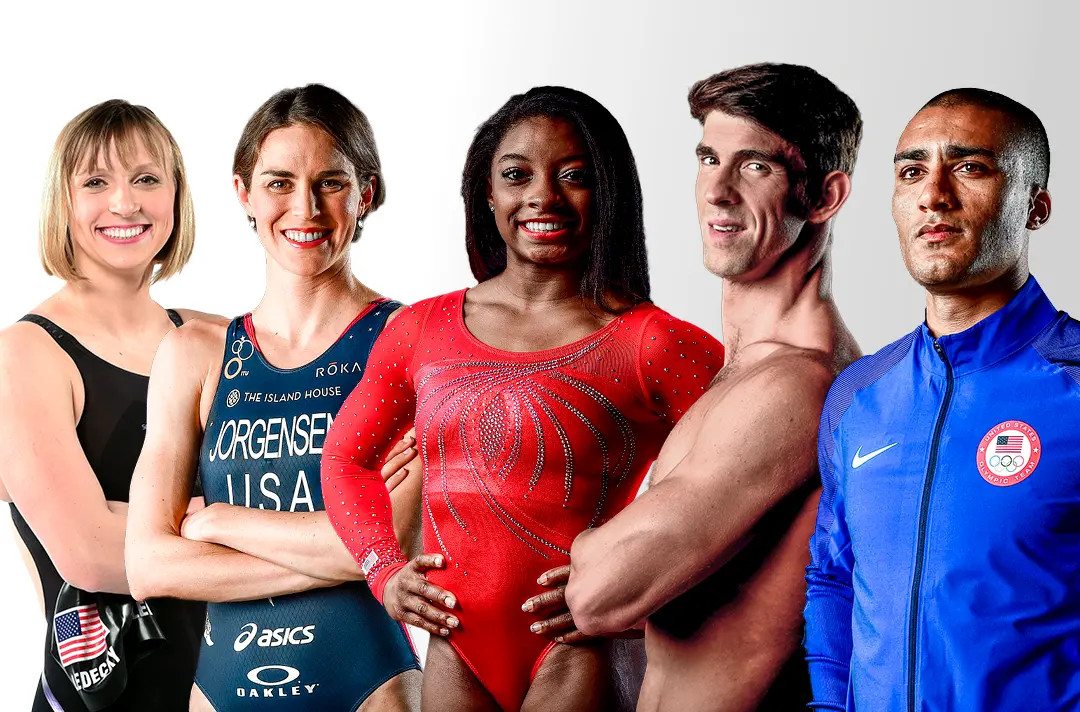Remember two summers ago when then-first place Oakland went all-in and gave up top infield prospect Addison Russell to Chicago for veteran pitcher Jeff Samardzija? Me neither (I had to look it up). That’s because the A’s went belly-up (54–33 record before the trade, 34–41 after) following the ill-fated deal and had to settle for a spot in the all-or-nothing wild card game—which they lost to Kansas City.
That’s an example of a non-impactful deadline trade. The team in contention actually got worse after making the trade.
Fortunately for the teams that are buyers in this summer’s trade market, there’s a long list of trade deadline deals that have worked out.
Here are the five most impactful such trades over the last 25 years.
5. 2008: Red Sox Trade Manny Ramirez to the Dodgers
Manny was just being Manny when he reportedly was unhappy with his team option for the next year (2009) with the Red Sox, forcing them to trade him. The team netted Jason Bay from the Pirates in the three-team deal. But the Dodgers made out like bandits as a suddenly free Ramirez tore up the National League for the remainder of the season.
Manny hit an absurd .396/.489/.743 (average/on-base/slugging) with 17 home runs and 53 RBIs in just 53 games for Los Angeles. Meanwhile, the Dodgers went from 54–54 (at the time of the trade on July 31) to winning the NL West and advancing all the way to the NLCS.
The partial-season performance netted Ramirez a fourth-place finish in the NL MVP voting and got him a two-year, $45 million deal from Los Angeles in the offseason.






